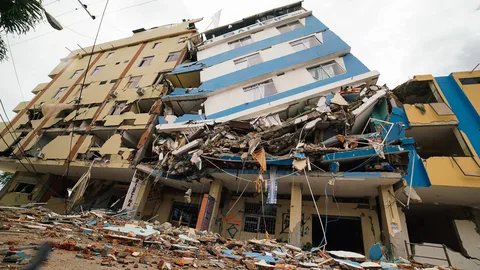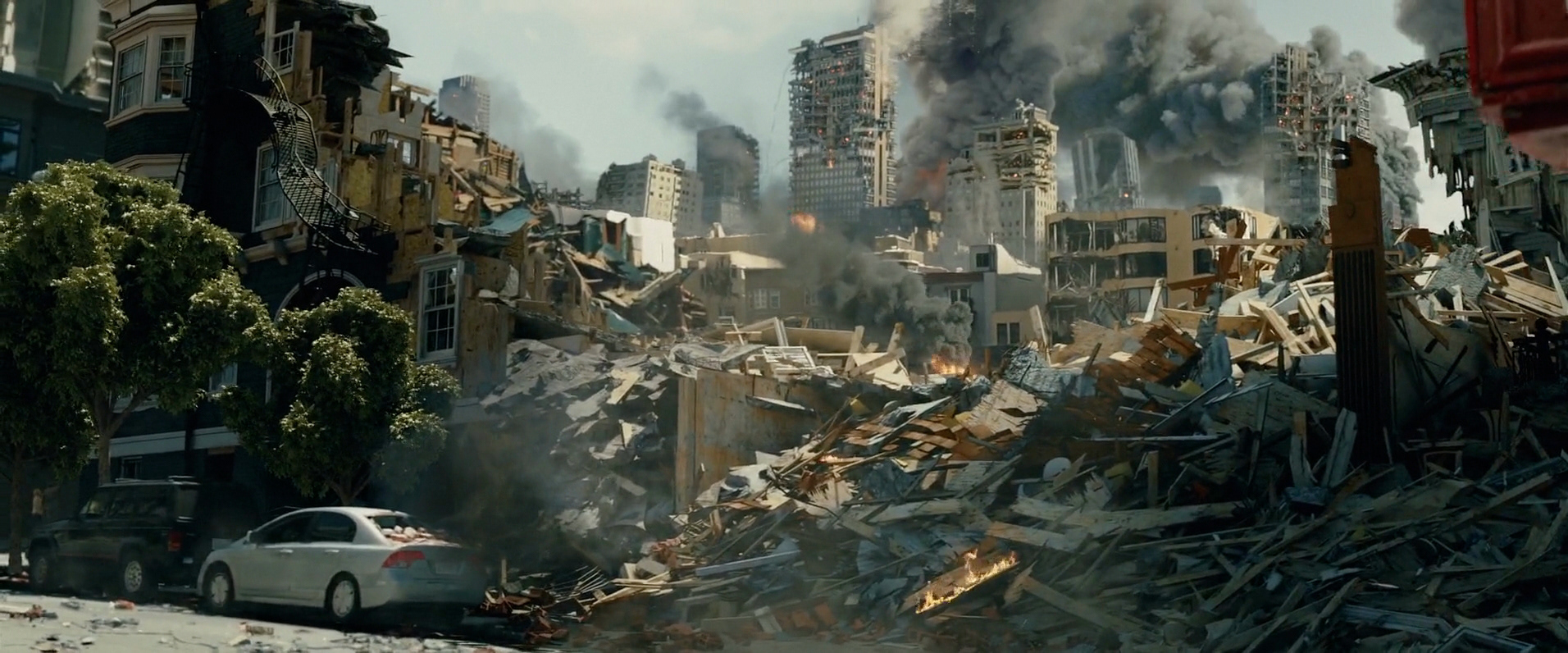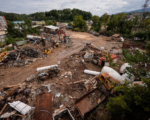Rebuilding Antakya: A Vision for a Disaster-Resilient Future

In the aftermath of the catastrophic earthquakes that struck southern Turkey and northern Syria in February 2023, Antakya, a city with a rich history dating back to the fourth century BC, faced unimaginable devastation. With more than 50,000 lives lost and millions displaced, the city was left in ruins, with 80% of its buildings damaged beyond repair. The challenge of rebuilding such a disaster-prone area is formidable, but a new masterplan aims to transform Antakya into a model of resilience against natural disasters.
Foster + Partners, an architectural firm, was commissioned by the Türkiye Design Council to lead the effort to not only rebuild but also future-proof the city against earthquakes, flooding, and other environmental threats. Given Antakya’s location at the foot of Mount Habib Neccar and along the Asi River, the city is particularly vulnerable to soil liquefaction and flooding. The masterplan addresses these vulnerabilities with a multifaceted approach that integrates architectural innovation, urban design, and sustainability.

Key elements of the plan include the construction of compact, earthquake-resistant buildings and the creation of “superblocks” that prioritize pedestrian and emergency routes over vehicular traffic. This design not only enhances safety but also improves the quality of life by reducing traffic and increasing green spaces. Green spaces play a crucial role in the plan, serving as natural buffer zones to absorb floodwaters and acting as green corridors that support local biodiversity. The goal is to double the amount of green space per capita, making access to nature more equitable for all residents.
The plan also emphasizes the importance of community involvement in the rebuilding process. Older residents, who have deep connections to the city, were consulted to ensure that the revitalization efforts preserve Antakya’s unique spirit. This focus on community and trust is central to the project’s success. As one elderly resident expressed, the destruction caused by the earthquake has left them with a profound sense of betrayal by the very buildings they once trusted. Rebuilding that trust, along with the physical structures, is at the heart of the masterplan.
While the full revitalization of Antakya is expected to take a decade, the lessons learned from this ambitious project could set a global precedent for rebuilding disaster-stricken cities. The approach taken in Antakya highlights the necessity of prioritizing resilience and sustainability in urban planning, particularly in regions prone to natural disasters. As the world faces increasing environmental challenges, the Antakya masterplan serves as a blueprint for how cities can not only recover but thrive in the face of adversity.















